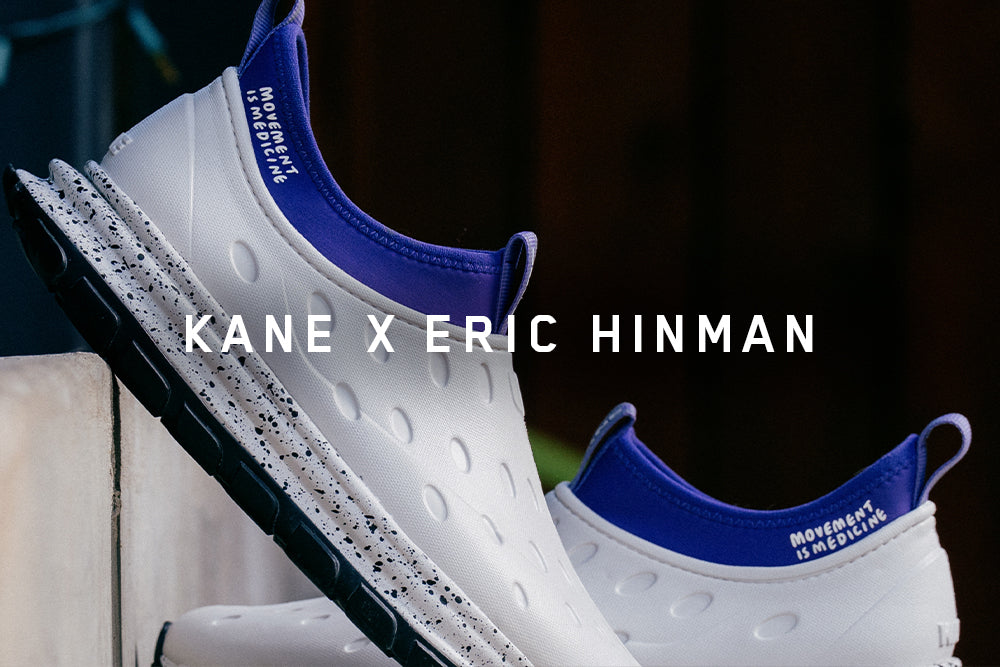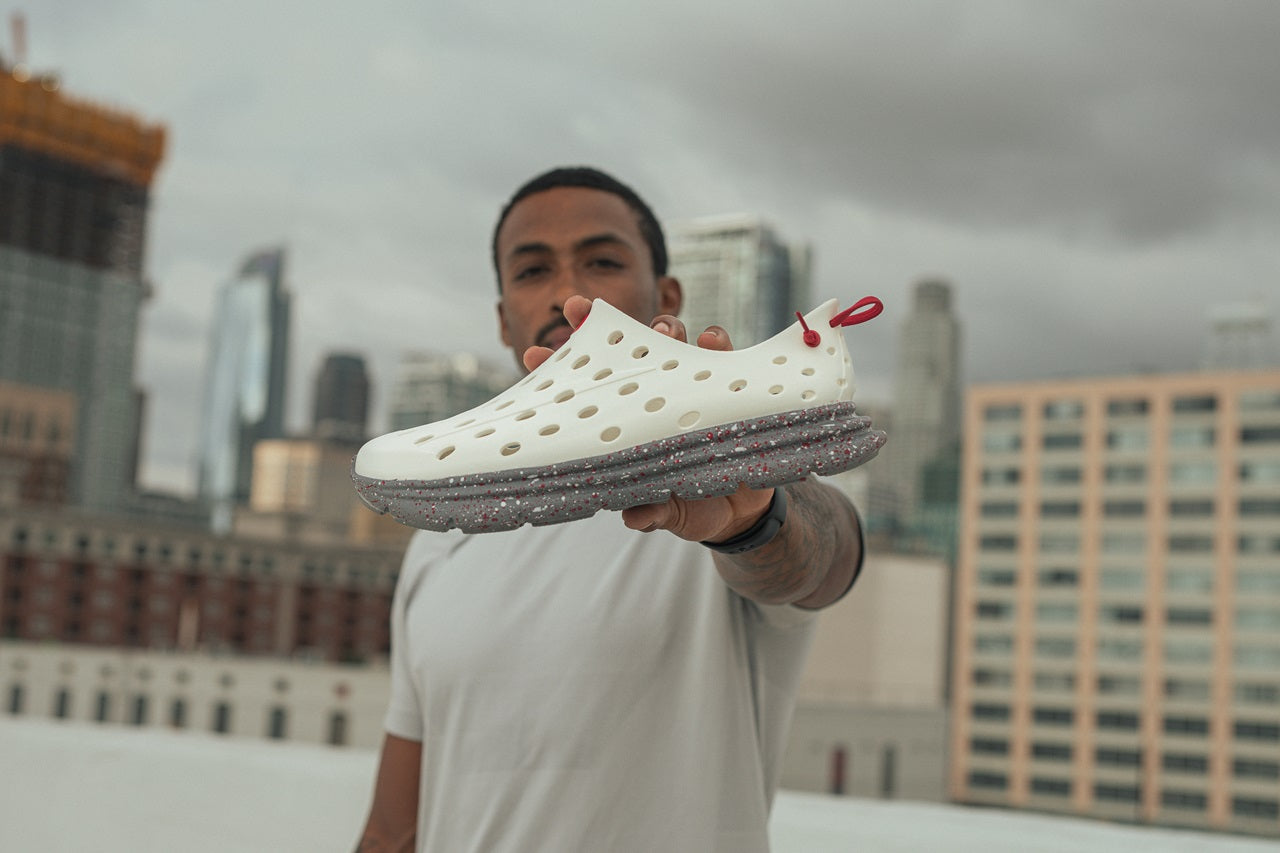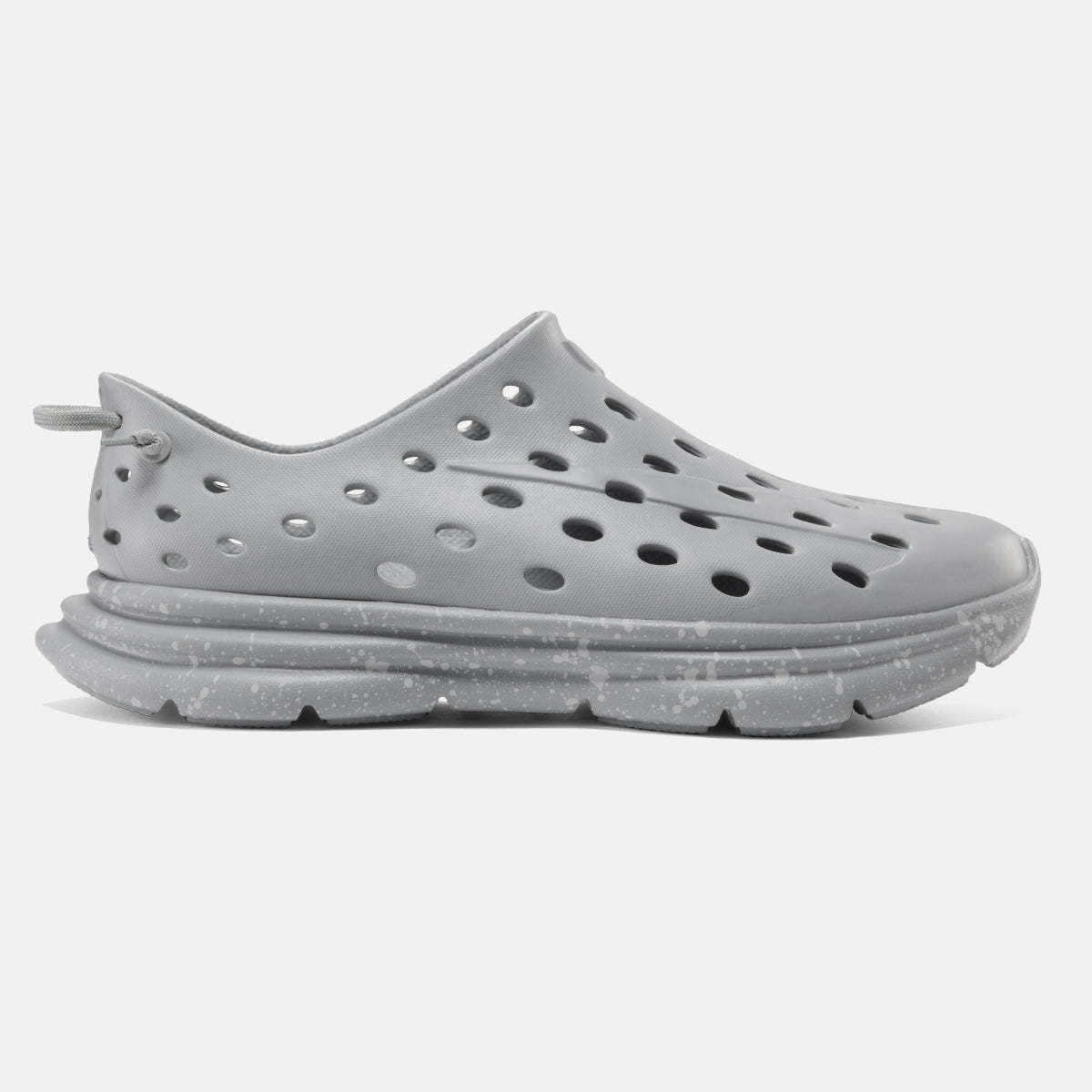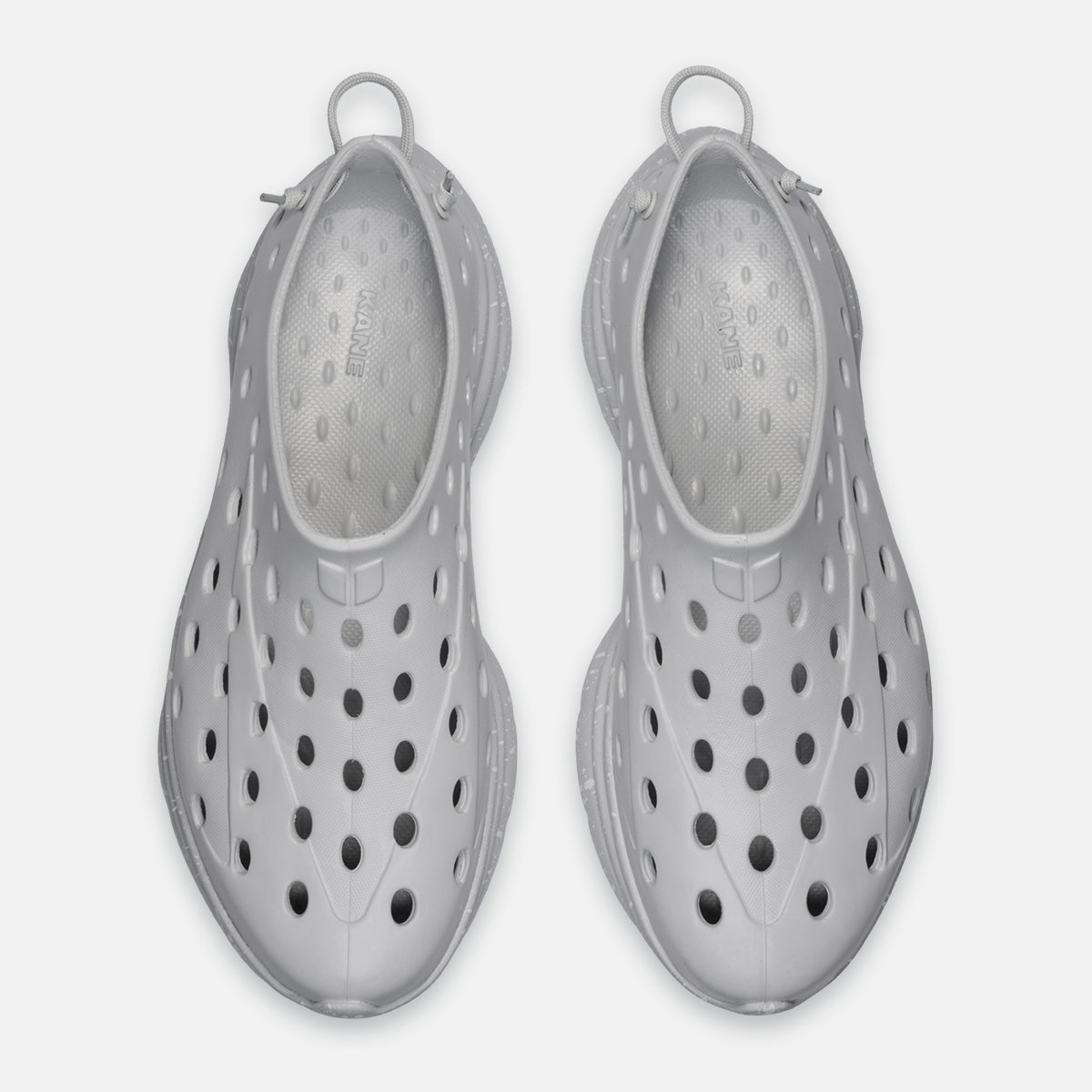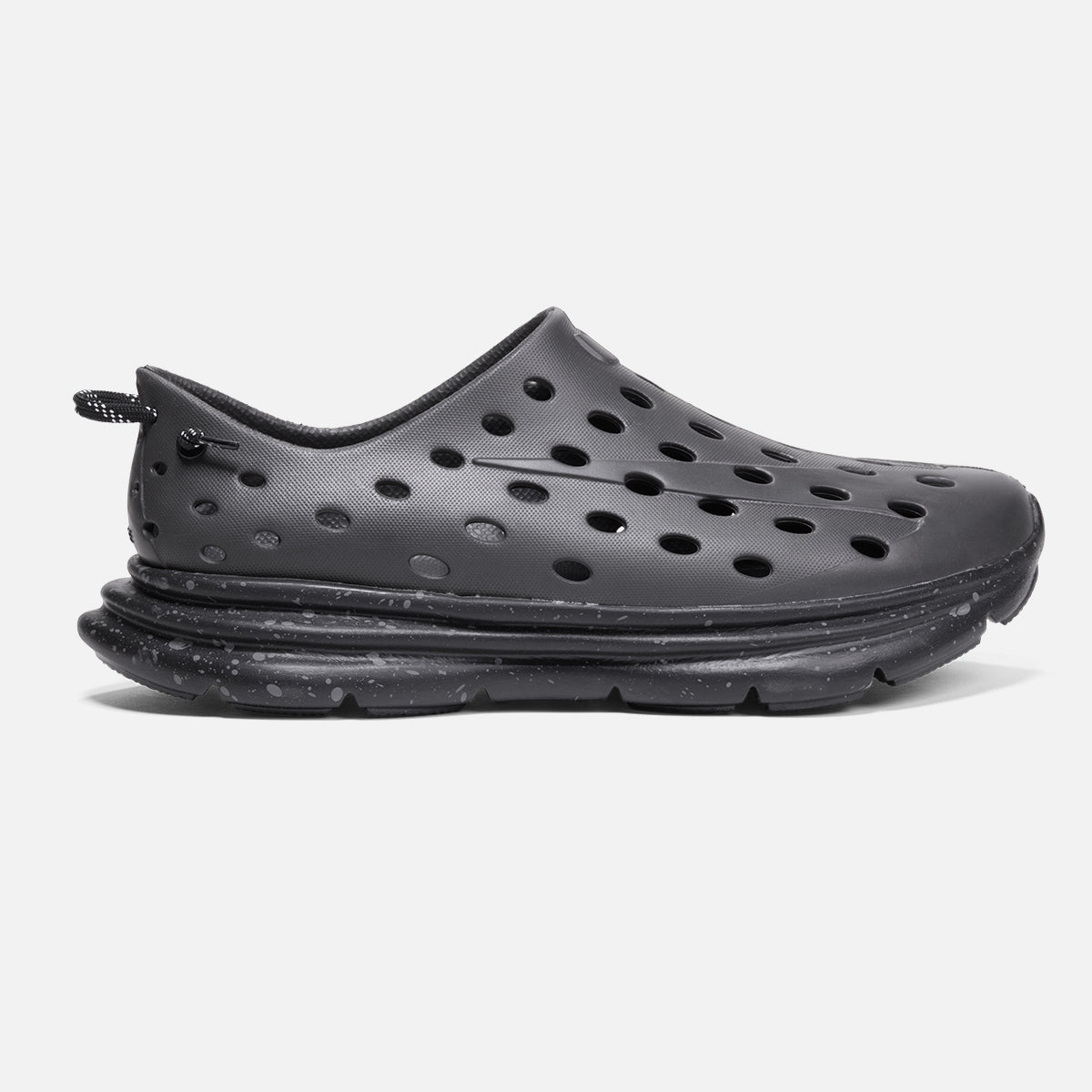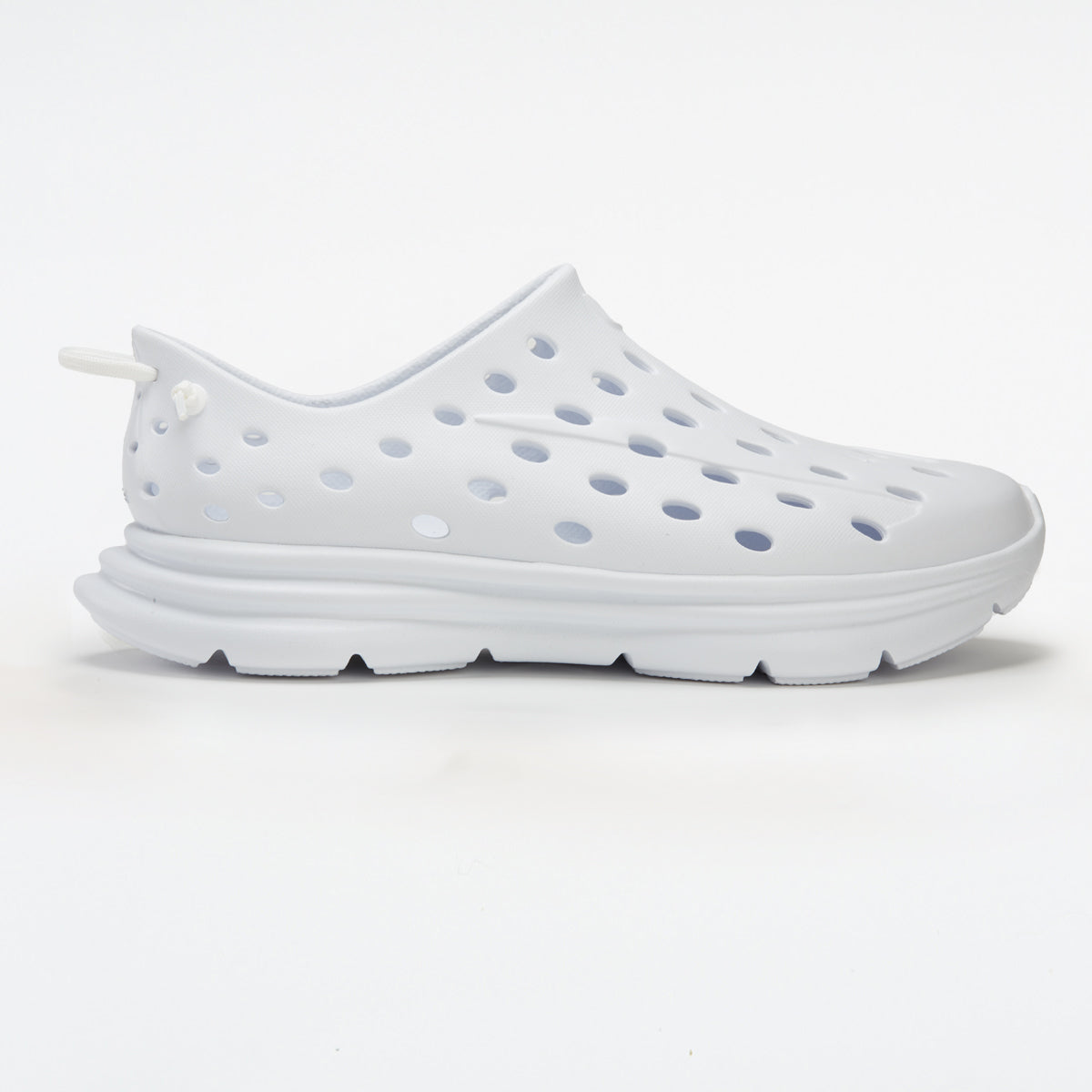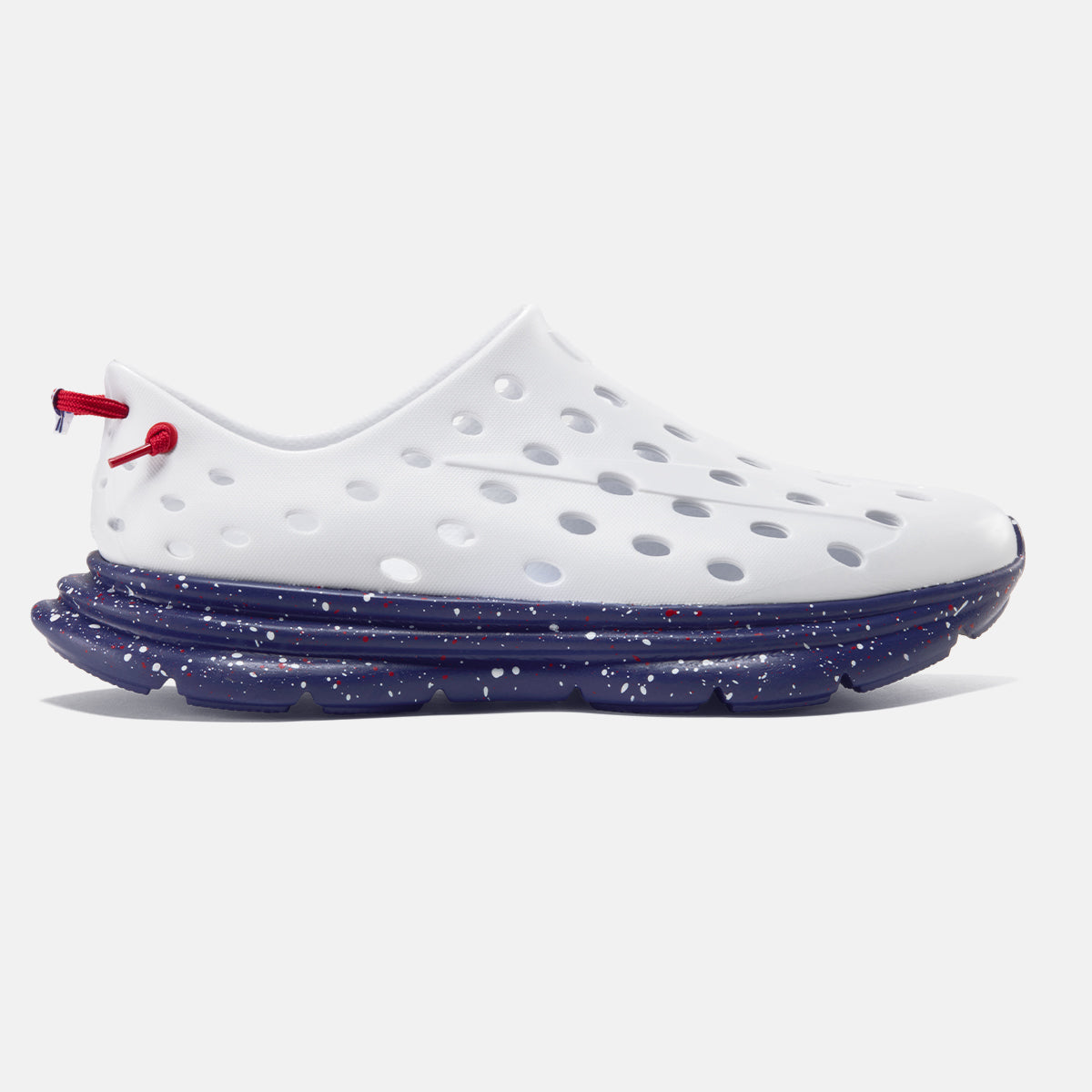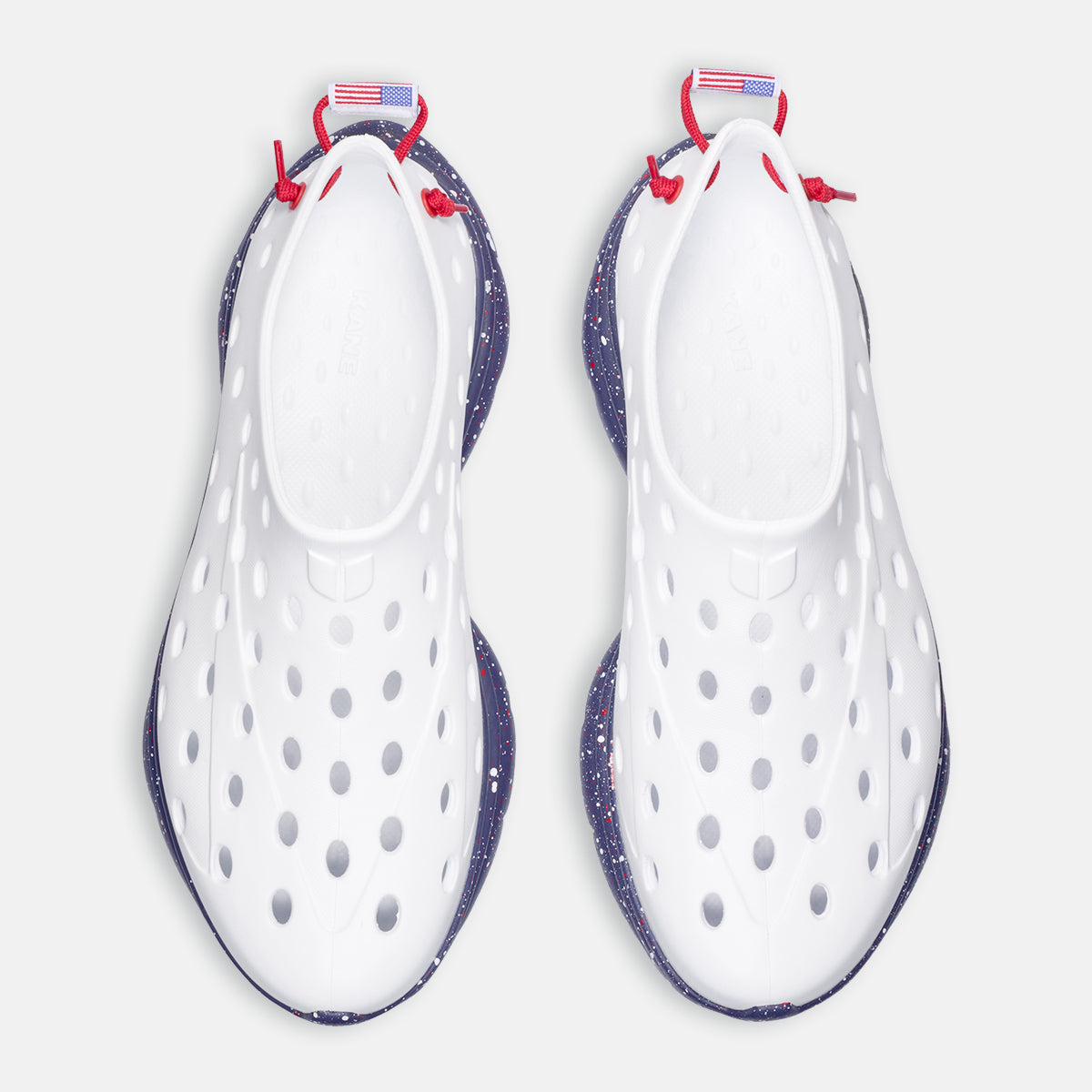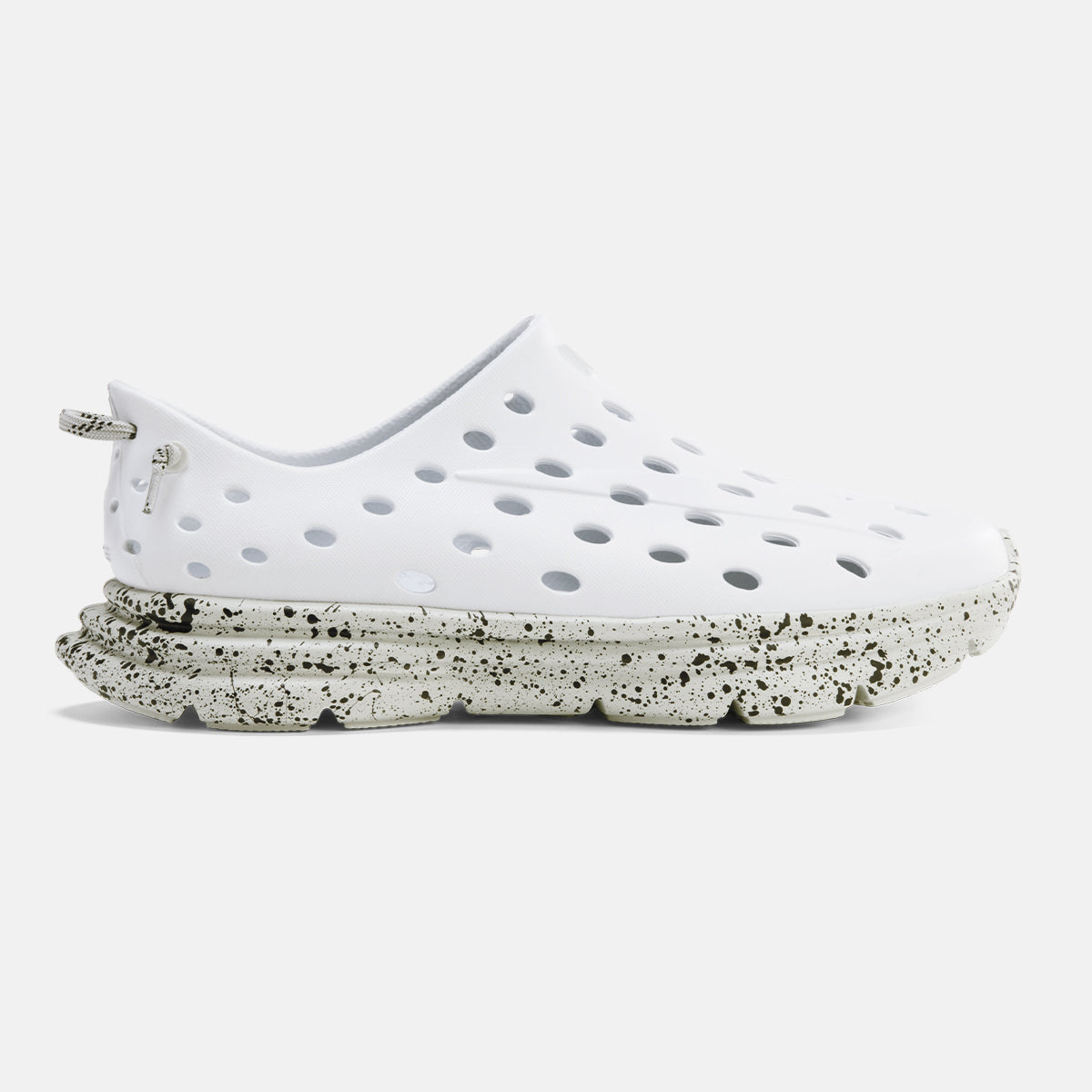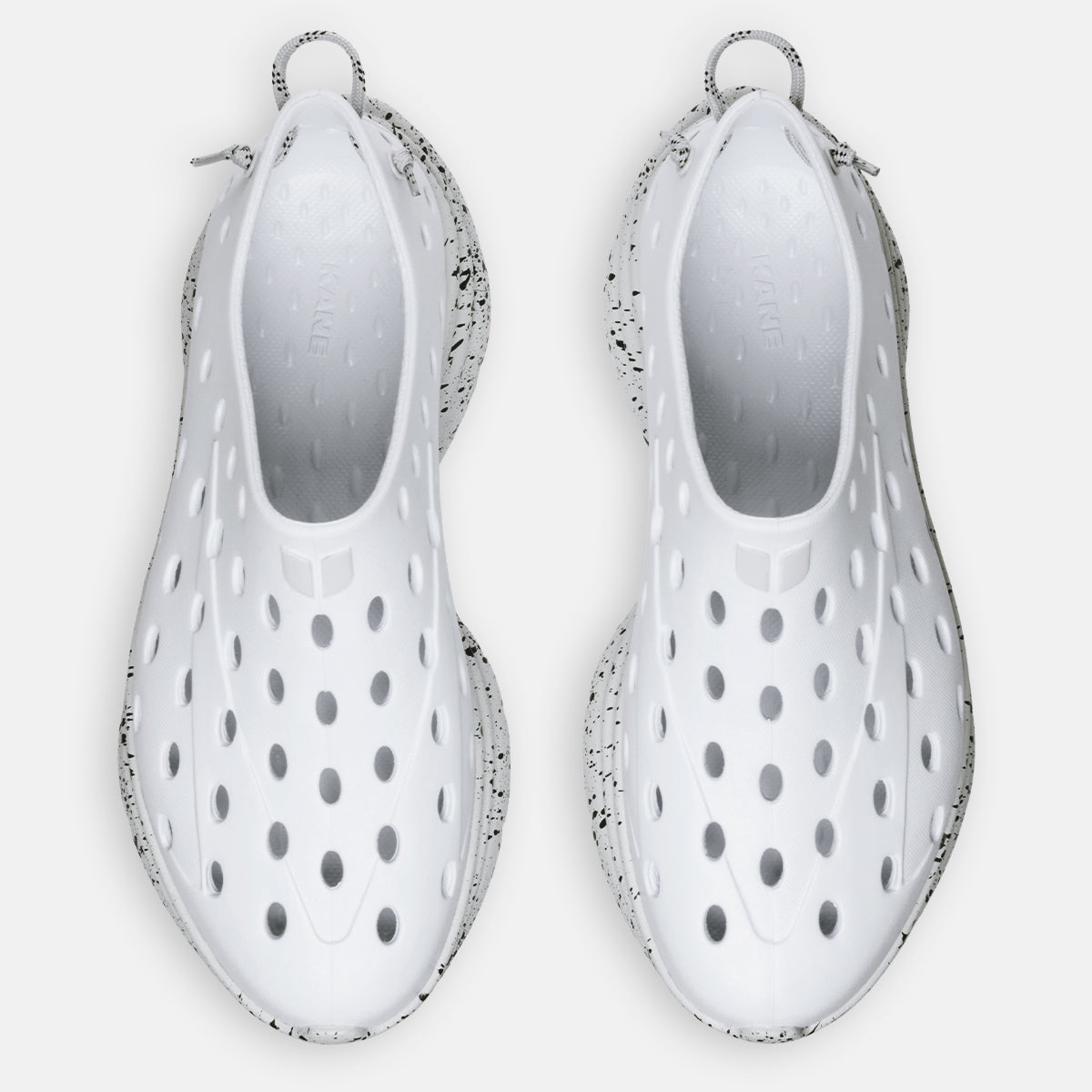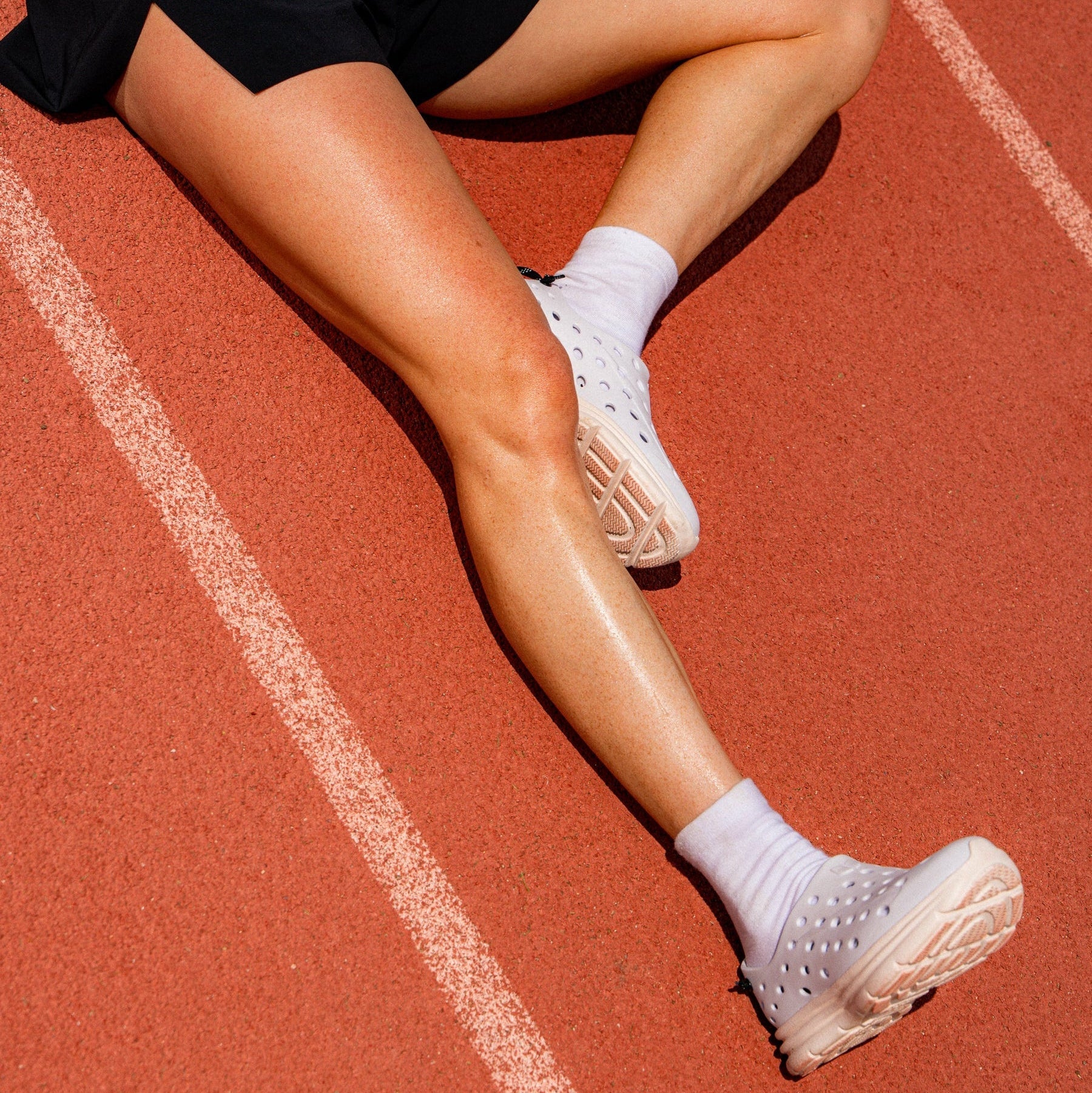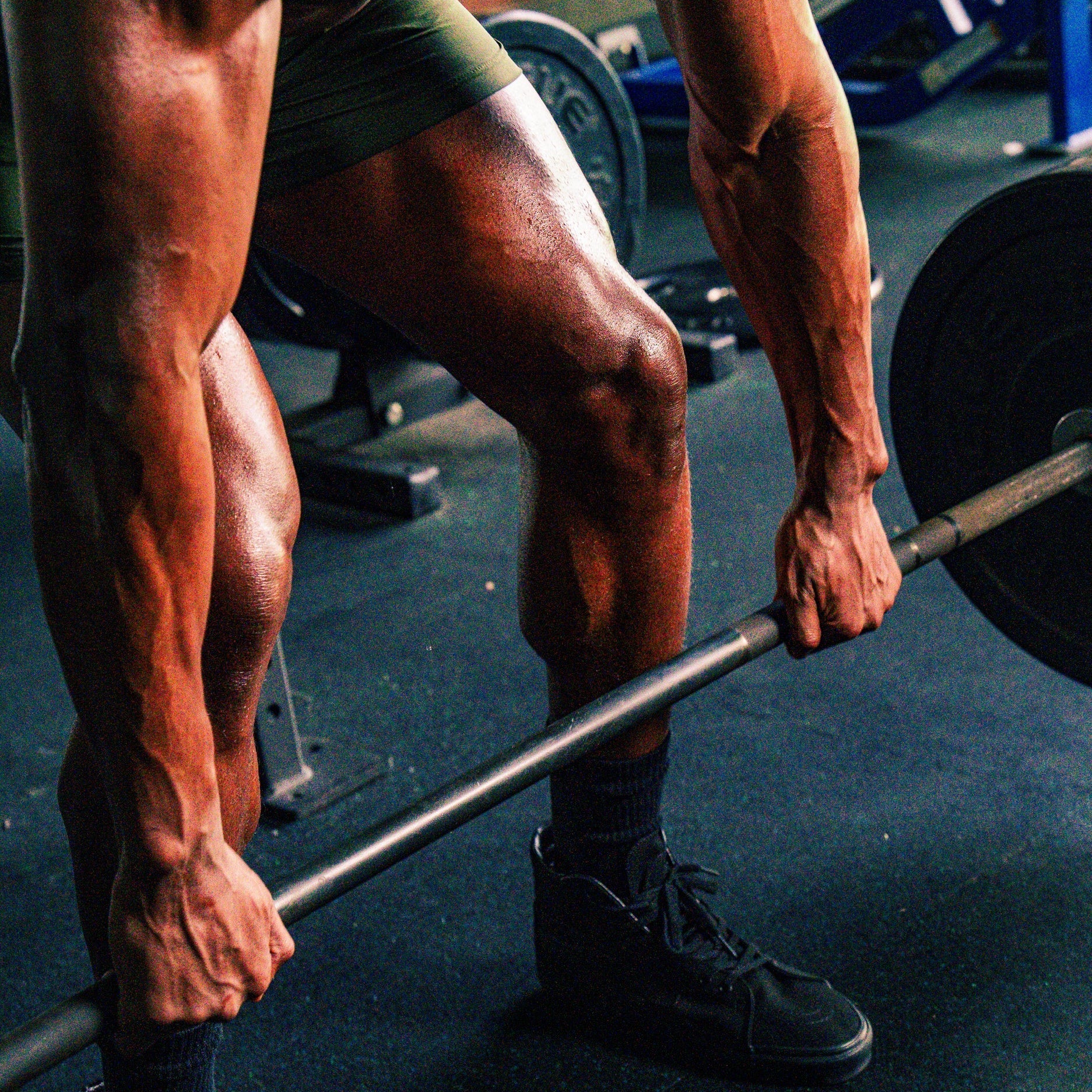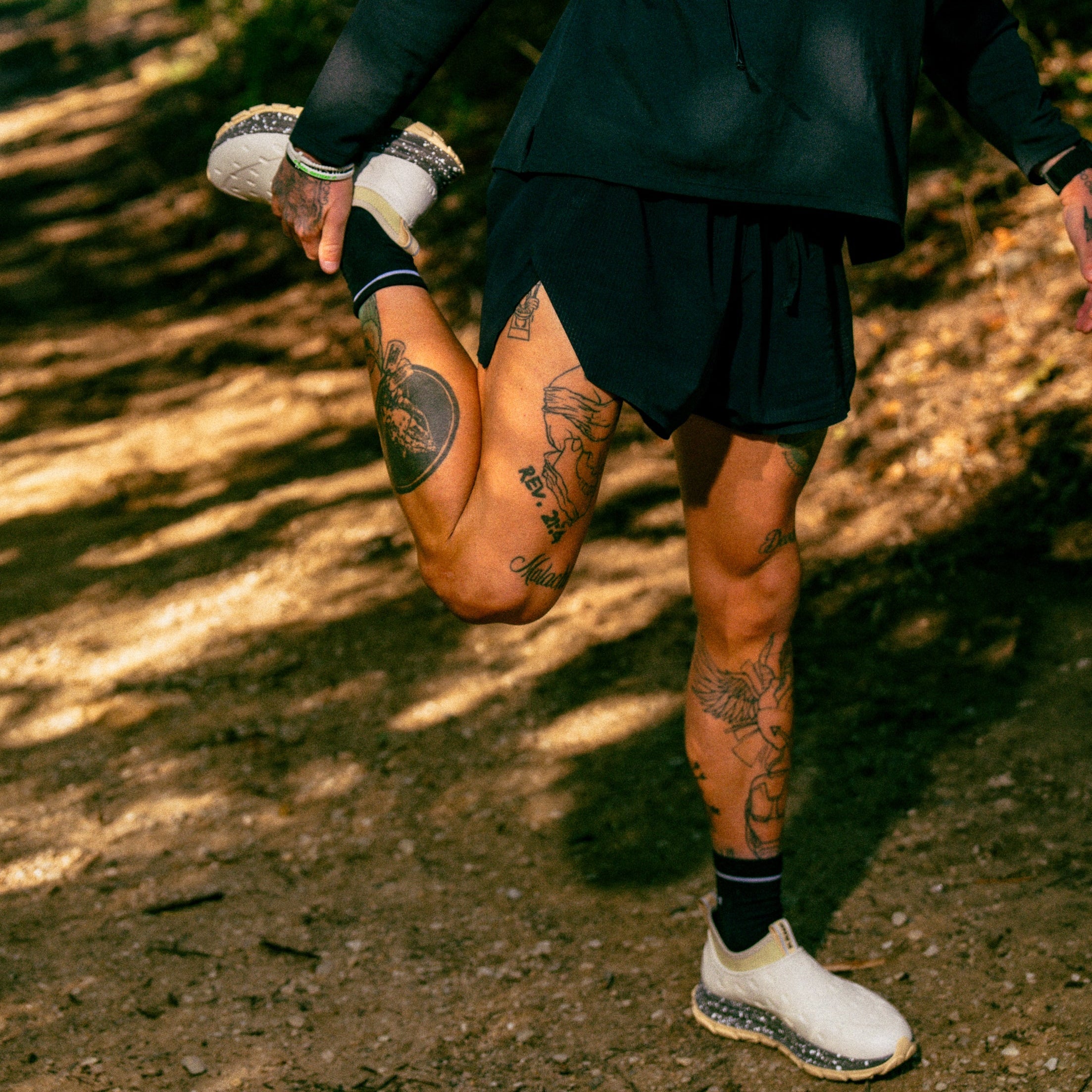Working a 12-hour shift is a demanding feat, and the significance of the right footwear cannot be overstated. Whether you're a critical care nurse navigating the bustling floors of a hospital, a bartender mixing drinks, a server waiting tables, a warehouse associate taking inventory, or any profession that demands prolonged hours on your feet, your shoes are one of your most valuable tools.
From cushioned insoles to arch support, breathability, and practical features like slip-resistant soles, discover the footwear that not only meets the challenges of extended workdays head-on but elevates your comfort and well-being — step by step.
The best work shoes for long shifts
Choosing the right style of work shoes with the proper support for a 12-hour shift can make the difference between a workday that flies by and one where you're bracing yourself for every step.
When selecting the style that suits your needs, consider the specific requirements of your job, your foot type, and personal preferences. Try on different styles and walk around in them to ensure the best fit during those demanding 12-hour shifts.
Here are 10 of the most comfortable shoes to consider whether you're an ER nurse working in a hospital setting or a retail worker stocking store shelves:
1. Running shoes/sneakers
Features:
Cushioned insoles, arch support, and lightweight design.
Ideal for:
Jobs that involve a mix of standing, walking, and potentially running.
Sneakers with adequate padding and arch support are comfortable and help prevent foot fatigue during extended periods of standing.
Look for running shoes that allow your feet and toes to expand naturally while providing cushioning and support to reduce strain on your feet and back.
2. Nursing shoes/clogs (such as Dansko clogs or Crocs)
Features:
Slip-on design, supportive insoles, and often made from breathable materials.
Ideal for:
Healthcare professionals and those working in environments where comfort and quick removal may be necessary.
Clogs are a popular choice for good reason. They have arch support and shock absorption and provide a balance between comfort and support.
3. Comfortable flats
Features:
Low-heeled with a wide toe box for comfort.
Ideal for:
Professional settings where a more formal appearance is required.
Flats provide adequate arch support, which is crucial if your feet hurt during long hours of standing. They allow your feet to expand naturally and maintain proper alignment to prevent strain on your feet and back.
Shoes with a toe box that does not come to a point, like flats, prevent your toes and foot from contorting into unnatural positions. This feature is essential as your feet and toes tend to swell when standing for extended periods, causing pain and numbness if the shoes compress them.
4. Work boots
Features:
Sturdy construction, ankle stability, and good grip.
Ideal for:
Jobs that involve heavy lifting, outdoor work, or construction.
Work boots are designed with strong steel shanks that provide structure and stability, essential for individuals working all day long on their feet. They offer more ankle support to prevent fatigue and reduce foot pain during extended periods of standing.
For professions like factory workers, having work boots that meet safety standards for impact and compression is crucial. Work boots, especially those with puncture-resistant plates, protect against sharp objects like nails, which is vital in hazardous work environments.
5. Cross-trainers
Features:
Versatile design, suitable for a range of physical activities.
Ideal for:
Jobs that require both standing and occasional physical tasks.
Cross trainers are designed to handle various activities, making them great shoes for individuals working lengthy shifts that involve different movements. They are casual, light, supportive shoes, offering traction and cushioning to keep you pain-free after a hard session in the gym or a demanding work shift.
They typically have shock-absorbing properties, essential for reducing the impact of standing on hard floors during extended periods. They provide the necessary cushioning to prevent foot fatigue and discomfort, ensuring your feet remain supported throughout the day (especially important if you have flat feet or high arches).
6. Walking shoes
Features:
Comfortable cushioning, lightweight, and designed for walking.
Ideal for:
Jobs that involve a significant amount of walking.
Wearing walking shoes during lengthy shifts is a great choice. They allow your feet and toes to expand naturally, offer arch support, and absorb shock to reduce strain on your feet and back.
Walking shoes that fit snugly without compressing your feet offer stability while allowing natural movement. Ensuring the shoes fit well prevents discomfort and foot issues like corns or calluses.
7. Oxford-style shoes
Features:
Formal appearance, often leather or suede with cushioned insoles.
Ideal for:
Professional settings where a more traditional shoe style is preferred.
Oxford shoes offer a classic look, making them suitable for formal occasions where you need to look your best. A pair that fits well, supports the arch, and offers shock-absorbing properties can help prevent foot fatigue and discomfort when standing or walking for extended periods.
8. Slip-resistant shoes
Features:
Specifically designed with slip-resistant outsoles for added security.
Ideal for:
Environments where slipping hazards are a concern, such as kitchens or hospitals.
Slip-resistant shoes are designed to reduce the risk of slips, trips, and falls by providing superior traction on slippery surfaces. This feature is crucial for healthcare workers, like nurses and doctors, who work in fast-paced environments where accidents can occur due to wet or slick floors.
They often come in easy-to-clean, durable, stain-resistant materials that contribute to overall foot health during extended periods of standing or walking.
In addition to resisting slips, some jobs in the healthcare field may require safety-toe footwear for added protection.
A pair with features like steel-toe or composite-toe caps provides additional protection for employees working behind the scenes in hospital maintenance or other roles that involve potential hazards.
9. Loafers
Features:
Slip-on style with a comfortable fit.
Ideal for:
Jobs where ease of removal and comfort are priorities.
Loafers are a comfy choice when spending a long time standing or moving around. These versatile shoes are designed to provide cushioning and shock absorption, contributing to overall foot health during demanding work shifts.
They offer a professional and stylish look that pairs well with scrubs or other work attire, making them a practical choice for individuals seeking comfort and aesthetics during long shifts.
10. Mary Janes
Features:
Comfortable and stylish, often with a strap for a secure fit.
Ideal for:
Jobs that involve a mix of standing and movement in a professional environment.
Mary Janes provide a stylish and versatile option for work attire, complementing both pants and skirts. Their classic design makes them suitable for various work environments while maintaining a professional appearance.
The ideal Mary Jane shoes for a lengthy shift should allow natural foot movement while providing stability.
Discover Kane Recovery Shoes!
Kane’s recovery shoes provide excellent support, comfort, and durability for those in need of top-notch recuperative footwear. Featuring an adjustable hook-and-loop single strap synthetic upper, plush TPR footbed, as well as a durable injected EVA outsole, these kicks come with all the right features to assist you during your rehabilitation journey.
Aside from providing quality products, they are also committed to sustainability, having made plans to become a B Corp while dedicating 1% of their overall profits towards environmental charities.
When and how to wear Kane Revive
The best moment to wear most recovery shoes is directly after a strenuous activity such as running or exercising. This helps minimize inflammation and launch the healing process. To guarantee maximum comfort and effective recuperation, make sure that you are wearing your recovery footwear correctly by tying up laces securely for a snug fit around your feet.
Features to avoid when choosing shoes for long shifts
Now you know what to look for when choosing shoes for lengthy shifts on your feet. But what about qualities to avoid? When shoe shopping, steer clear of the following features:
Insufficient cushioning
Shoes with inadequate cushioning can lead to discomfort and fatigue, especially during long periods of standing. Avoid styles that lack proper padding in the insoles and midsole.
Lack of arch support
Inadequate arch support can contribute to foot strain and discomfort. Choose shoes that provide sufficient arch support to help distribute weight evenly and maintain proper foot alignment.
Narrow toe box
Shoes with a narrow toe box can lead to cramped toes, causing discomfort and potential foot issues over time. Opt for styles with a wider toe box to allow for natural toe splay.
High heels
High-heeled shoes alter the alignment of the feet and can lead to increased pressure on the forefoot. Wearing high heels while standing for prolonged periods can contribute to foot pain.
Poorly constructed soles
Shoes with thin or poorly constructed outsoles may not provide adequate shock absorption and support. Look for well-constructed, durable outsoles that can withstand the demands of prolonged standing.
Unstable design
Shoes that feel unstable can increase the risk of accidents. Choose shoes with a stable base to reduce the risk of tripping.
Rigid materials
Shoes made from rigid or inflexible materials can restrict natural movement. Opt for shoes with some flexibility to allow for a more natural gait.
Inadequate breathability
Shoes not allowing for proper air circulation can lead to sweaty feet and potential skin issues. Choose breathable materials to keep your feet cool and comfortable.
Unsupportive heel counter
The heel counter is the back portion of the shoe that wraps around the heel. A lack of stability in this area can contribute to discomfort.
Tight or restrictive fit
Too tight shoes can cause pressure points. Ensure your shoes provide a comfortable and secure fit without being overly restrictive.
Non-adjustable straps
If your shoes have straps, ensure they are adjustable. Non-adjustable straps may lead to an improper fit.
Excessive weight
Heavy shoes can contribute to overall fatigue during long periods of standing. Opt for lightweight styles to minimize the strain on your legs and feet.
Frequently asked questions
What are the best shoes for working 12-hour shifts?
Footwear is crucial if you spend a lot of time on your feet. Opt for styles with cushioning and arch-supporting features to alleviate the strain on your feet, knees, and lower back. Enough toe room is also essential, especially if your job involves extended periods of standing.
Outsoles with good grip are a safe choice, particularly in workplaces where floors may be slippery and breathable materials keep your feet cool.
Styles with adjustable closures, like laces or straps, allow for a customized fit — especially important if you experience swelling during prolonged periods on your feet.
What shoes should you wear on concrete for 12-hour shifts?
Look for shoes with maximum cushioning and shock absorption to evenly distribute pressure and provide comfort during long hours of standing on concrete. Choose shoes with supportive soles to keep your feet comfortable and well-supported throughout the shift.
Consider sneakers with cushioning in the midsole or recovery shoes made of foam materials designed to absorb shock on hard surfaces like concrete. Sneakers are generally an excellent choice for spending time on concrete, but you may also consider breathable options like sandals for warmer seasons or clogs for work.
Whichever shoes you wear, ensure they allow your feet and toes to expand naturally and have arch-supporting features to prevent discomfort during long shifts on hard surfaces.
Choose shoes with shock absorption to reduce the risk of developing chronic conditions over time. Make sure the shoes fit well, providing a balance between being tight enough to prevent excessive movement but not too tight that they're uncomfortable.
What are the best shoes for working on your feet all day?
When standing or walking all day is part of your job, choosing the right shoes is crucial. In general, look for shoes with cushioning in critical areas like the midsole and heel.
Opt for footwear with good arch support, maintaining proper alignment and reducing the risk of discomfort, especially if you have a high arch. For more stability, seek lightweight shoes with a firm base and a solid lateral structure to prevent rolling. Breathable materials allow air circulation and avoid moisture buildup — essential for long periods of wear.
Ensure a roomy toe box to avoid cramped toes and outsoles with traction for slippery surfaces. Durability is key, so opt for shoes constructed from robust materials with reinforced seams. Adjustable features, like laces or straps and removable insoles, allow for a customized fit, accommodating potential swelling.
What is the best shoe for standing all day?
When looking for the best shoe style for standing all day, opt for styles with an outsole that provides good traction, primarily if you work indoors on artificial floors. Shoes with good grips are recommended, particularly for environments like hospitals and restaurants.
Choose shoes with a higher heel drop or offset, typically around 8-12 mm, to help alleviate strain on the Achilles tendon and calves when standing all day. Look for shoes with a broader base and a firm heel counter to ensure stability and prevent excessive pronation or supination. This can help keep your foot in place and reduce fatigue when standing for long periods.
Cushioning and arch support are vital when standing for extended periods. Opt for shoes with a firm midsole and arch support to maintain proper alignment and reduce strain on ankles and legs.
Whichever style you choose, ensure your shoes allow your toes to spread out naturally without causing issues like corns or calluses.
What are some features to avoid in shoes for standing all day?
When looking for shoes for lengthy shifts spent standing, steer clear of hard, stiff styles with insufficient cushioning. Shoes with rigid outsoles can put unnecessary pressure and strain on your feet throughout the day.
Also, avoid high heels and shoes with narrow toe boxes, which can increase pressure. Opt for breathable, lightweight footwear to keep feeling light on your feet, no matter how long your shift is.


